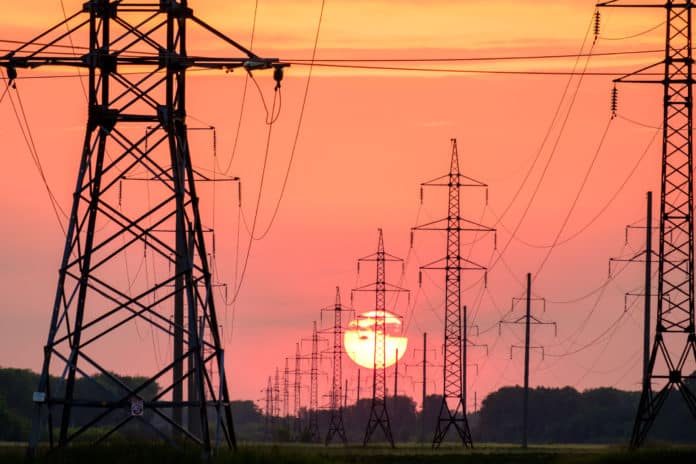(Daily Caller News Foundation) — Millions of Americans across the Midwest, Southwest and West are expected to face blackouts throughout the summer months, an industry analysis concluded.
A variety of factors, including drought conditions and low wind conditions, are expected to put Americans in roughly 28 states at risk of experiencing blackouts this summer, according to a report from the North American Electric Reliability Corporation (NERC), a U.S. regulatory authority, published Wednesday. The region managed by the Midcontinent Independent System Operator (MISO) across 15 Midwest states is at the highest risk of “energy emergencies” during the summer due to capacity shortfalls, the analysis showed.
“The Western Interconnection, Texas, Southwest Power Pool (SPP) … are at ‘elevated risk’ of energy emergencies during extreme conditions,” NERC added. “[MISO] is in the ‘high risk’ category, facing capacity shortfalls in its north and central areas during both normal and extreme conditions due to generator retirements and increased demand.”
The Midwest’s “high risk” rating means its resources are “potentially insufficient” to meet peak load amid both normal and extreme conditions, NERC stated in an accompanying release. While extreme temperatures and low wind output levels are expected to play a role in potential Midwest blackouts, the region’s 2.3% year-over-year decline in capacity is projected to have an even larger impact.
“More impactful is the drop in capacity in the most recent PRA: MISO will have 3,200 MW (2.3%) less generation capacity than in the summer of 2021,” the report said. “More extreme temperatures, higher generation outages, or low wind conditions expose the MISO North and Central areas to higher risk of temporary operator-initiated load shedding to maintain system reliability.”
The region will have lower capacity in part because a key transmission line was downed by a recent tornado, according to NERC. The line is expected to be restored in late June.
Meanwhile, the Southwest and West’s “elevated risk” estimate means regional power resources are “likely sufficient” to meet peak load during normal conditions. NERC gave the region that assessment due to expected drought conditions that may impact river levels and therefore hydropower sources, forcing increased reliance on low-output solar and wind power.
“Some assessment areas … depend on substantial electricity imports to meet demand on hot summer evenings and other times when variable energy resource (e.g., wind, solar) output is diminishing,” the report stated.
NERC also warned that solar farms could experience unexpected outages during grid disturbances.
“Industry prepares its equipment and operators for challenging summer conditions. Persistent, extreme drought and its accompanying weather patterns, however, are out-of-the-ordinary and tend to create extra stresses on electricity supply and demand,” Mark Olson, NERC’s manager of Reliability Assessments, said in a statement. “Grid operators in affected areas will need all available tools to keep the system in balance this summer.”
California officials warned on May 6 the state was facing power capacity shortages that could leave millions without power during extreme conditions, Reuters reported. A Texas system operator asked residents on Friday to begin conserving energy by turning thermometers up and not using certain appliances.

















